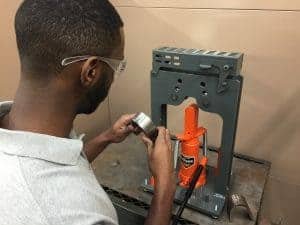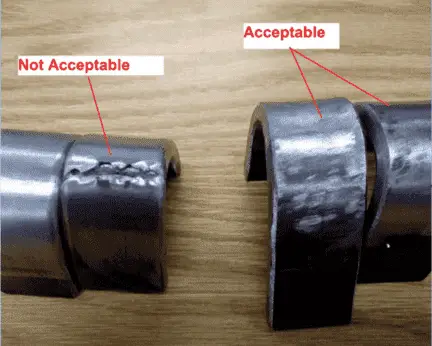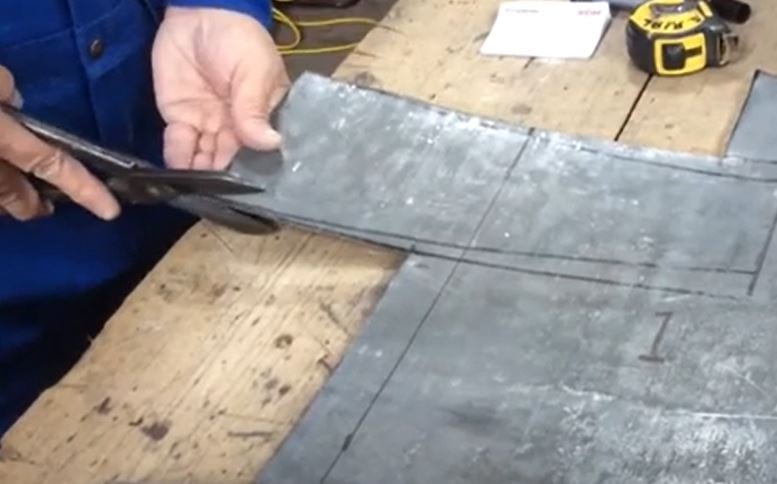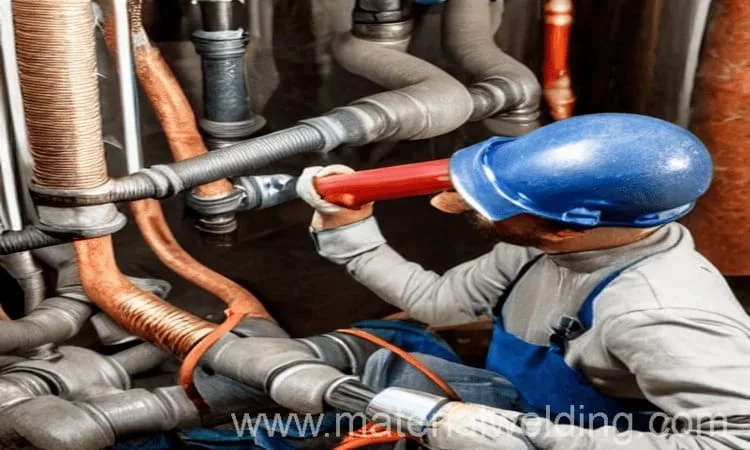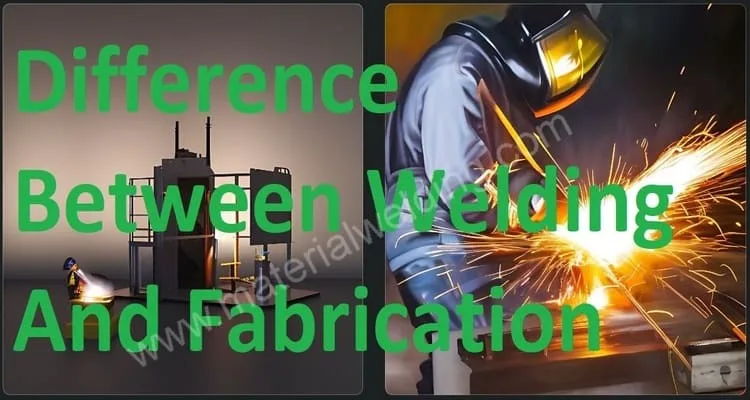Bending metal rods is a task that often comes up in DIY projects and industrial applications.
While heat can be used to soften metal and make it easier to bend, there are situations where heat cannot be used due to safety concerns or the specific properties of the metal being used.
In this blog, we will explore various techniques that can be used to bend metal rods without heat.
We’ll discuss manual bending, mechanical bending, hammering, and hydraulic bending, and provide tips and safety precautions to help you achieve precise bends in your metal rods.
Whether you’re a DIY enthusiast or a professional metalworker, this guide will provide you with the knowledge and skills you need to bend metal rods with confidence and precision, without the use of heat.
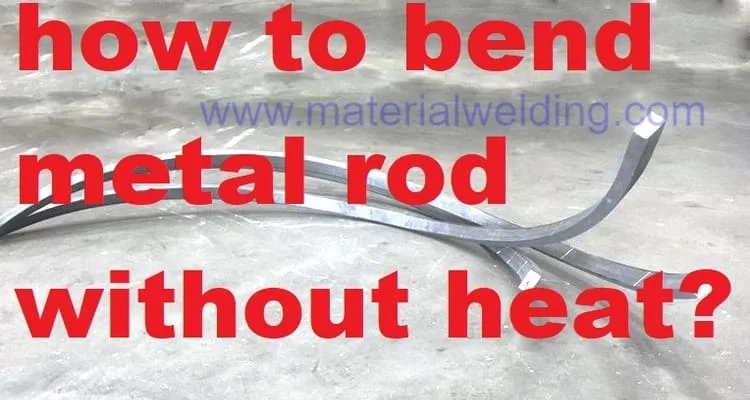
How to bend metal rod without heat?
Bending metal rods is a common task in many DIY projects and industrial applications.
While heat can be used to soften metal and make it easier to bend, there are also techniques that allow you to bend metal rods without heat.
Some of the methods that can be used to bend metal rods without heat are:
Manual Bending
This is the most basic method of bending a metal rod without heat. It involves using a pair of pliers or a vise to grip the metal rod at the point where you want to bend it, and then applying pressure to gradually bend it to the desired shape.
This method works best for small-diameter rods, and it can be difficult to achieve precise bends.
Mechanical Bending
Mechanical bending involves using a bending machine or a metal brake to bend the metal rod to a specific angle.
These machines can be expensive, but they provide greater precision and control over the bending process. They are particularly useful for bending thicker or longer metal rods.
Hammering
Another method for bending metal rods without heat is to use a hammer and an anvil or a bending block.
The rod is placed on the anvil or bending block, and then the hammer is used to strike the rod at the point where the bend is desired.
This method requires some skill and practice to achieve precise bends, but it can be an effective technique for small-diameter rods.
Hydraulic Bending
Hydraulic bending involves using a hydraulic press to bend the metal rod. The rod is clamped in a bending die, and then the hydraulic press is used to apply pressure to bend the rod to the desired angle.
This method is typically used for larger-diameter rods and requires specialized equipment.
When bending metal rods without heat, it is important to take safety precautions. Wear appropriate personal protective equipment, such as safety glasses and gloves, to protect yourself from flying metal fragments.
Additionally, be aware of the metal’s properties and limitations to avoid over-bending or cracking.
Steps for bending metal without heat manually
Manual bending is a simple and effective technique for bending metal rods without the use of heat. Here are the steps to follow for manual bending:
- Choose the right tool: To manually bend a metal rod, you will need a pair of pliers or a vise to grip the rod.
- Mark the bending point: Use a marker or a piece of tape to mark the point where you want to bend the rod. This will help you to achieve the desired angle and prevent over-bending.
- Secure the rod: Clamp the metal rod in the vise or grip it firmly with the pliers, leaving a few inches of the rod sticking out beyond the jaws.
- Begin the bend: Use your hands to apply pressure to the end of the rod, gradually bending it towards the marked point. Apply even pressure to both sides of the rod to create a smooth bend.
- Check your progress: Stop bending periodically to check your progress and ensure that you are achieving the desired angle.
- Repeat as needed: If you need to make additional bends, repeat the process, starting from step 2.
- Finish the bend: Once you have achieved the desired angle, use the pliers or vise to grip the bent portion of the rod and twist it slightly to create a smooth curve.
- Inspect the bend: Inspect the bend for any cracks or deformities. If you notice any issues, use a hammer or pliers to gently reshape the bend until it is smooth and even.
Always remember to take proper safety precautions when working with metal to avoid injury or damage to your tools.
Conclusion
In conclusion, bending metal rods without heat can be achieved through several techniques, including manual bending, mechanical bending, hammering, and hydraulic bending.
Each technique has its advantages and limitations, and the choice of method will depend on the size and complexity of the project.
With practice and the proper tools, you can bend metal rods to achieve the desired shape without the use of heat.
